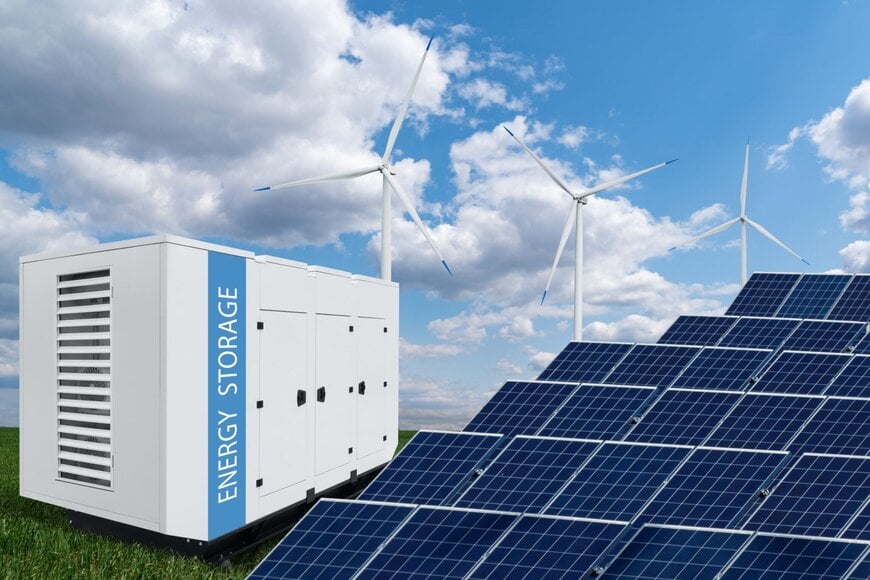SGS Unveils AI-Powered Thermal Runaway Testing for Battery Energy Storage
New automated solution enhances safety, speed, and accuracy in UL9540A battery fire risk assessments using deep learning and computer vision.
www.sgs.com

Thermal runaway incidents have become critical challenges in the industry
SGS, the world’s leading testing, inspection and certification company, has developed and launched an AI-powered automated thermal runaway testing system for energy storage batteries.
Working in collaboration with the Chongqing Energy College (CEC), SGS in China developed the solution to help address fire safety concerns around the rapid global growth of battery energy storage systems (BESS) in commercial, industrial and residential sectors.
Thermal runaway can cause uncontrollable increases in temperature and pressure within a battery cell leading to fires or explosions. SGS’s thermal runaway testing solution aligns with ANSI/CAN/UL 9540A:2025 standard to assess thermal runaway fire propagation in BESS and provide essential data on potential risks during thermal runaway events.
The breakthrough solution, now in operation at SGS’s Chongqing Renewable and Advanced Energy Laboratory, leverages deep learning technology to customize the data processing of temperature, voltage, gas emissions, and combustion collected during tests. The company’s proprietary algorithms automatically adjust testing parameters, synchronously collect data in real-time, and employ computer vision based on deep learning models like Yolo, TensorFlow, ResNet, and VGG to detect smoke and fire occurrences, minimize manual intervention and enhance accuracy.
Walter Zheng, Connectivity & Products, SGS said: “Thermal runaway incidents, have become critical challenges in the industry and we are delighted to launch our fully automated testing solution which addresses the need for internationally accredited safety testing, faster certification turnaround and improved test transparency.
“With automated data processing, our customers benefit from faster access to market, reduced costs and higher testing precision to ensure reduced risk and greater competitiveness.”
Key features of SGS’s thermal runaway testing system include:
- Full automation – centralized software controls all testing equipment, automates initialization, parameter adjustments, and data collection, freeing personnel from manual operations
- Smart detection and recording – advanced computer vision accurately identifies and logs smoke and fire events, ensuring reliable data
- Enhanced safety – automation reduces personnel exposure to hazardous conditions, ensuring laboratory safety
In 2022, SGS’s Chongqing Renewable & Advanced Energy Laboratory successfully obtained the ISO/IEC 17025 accreditation, becoming the first lab in China accredited to offer testing services according to UL9540A standards.
Chongqing Energy College, established in April 2009, is a full-time non-governmental college that is approved by the Chongqing Municipal Government and filed by the Ministry of Education.
SGS renewable and advanced energy innovation solutions
Within its Renewable and Advanced Energy Lab, SGS has developed multiple digital and innovation solutions under the TeREES® L2 framework (Testing Resource eco-Efficiency Enhancement Solutions), a digital innovation platform initiated by SGS. These include:
- Automated testing system for EV Chargers
- Automated testing system for Power Conversion Systems (PCS)
TeREES® L2 combines laboratory operational technology, information technology and testing, inspection and certification know-how to digitize and enhance the entire lab operation process.
Through transparent, real-time process management, intelligent test scheduling, and advanced data analytics, TeREES® L2 helps significantly shorten product time-to-market, reduce compliance costs and strengthen quality assurance to support the renewable energy industry's need for speed, safety and sustainability.
Learn more about Navigating the Challenges of Energy Storage Systems | SGS
www.sgs.com

